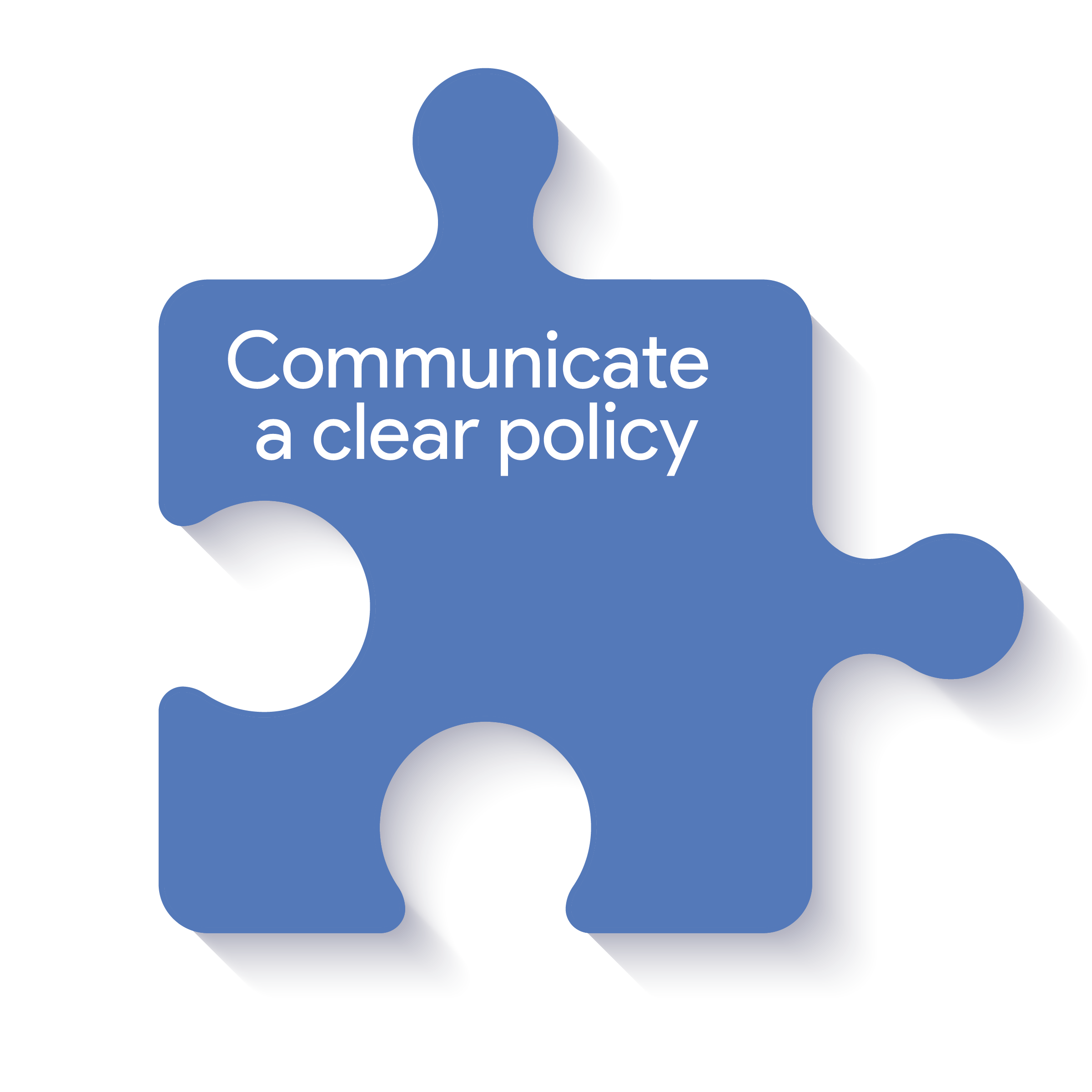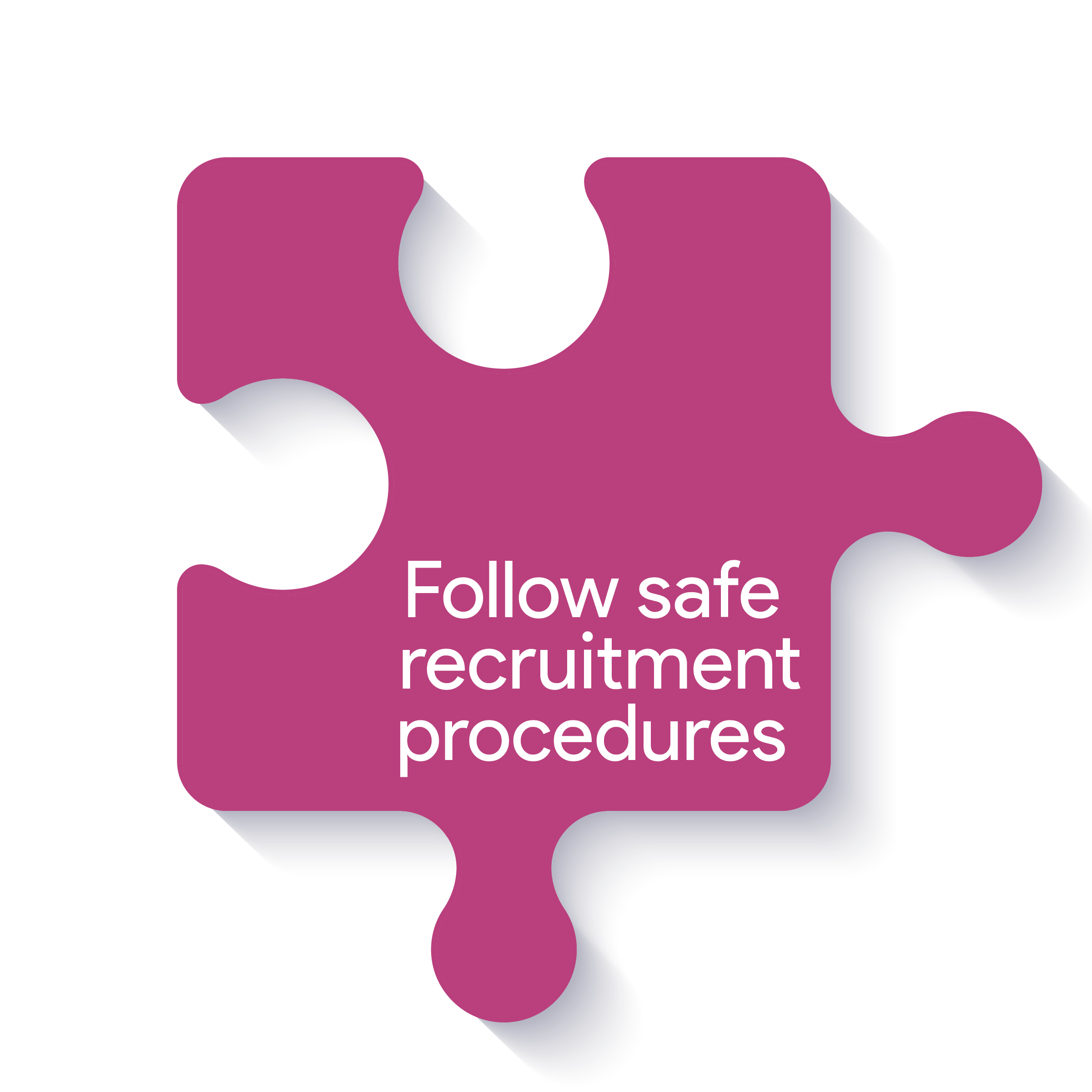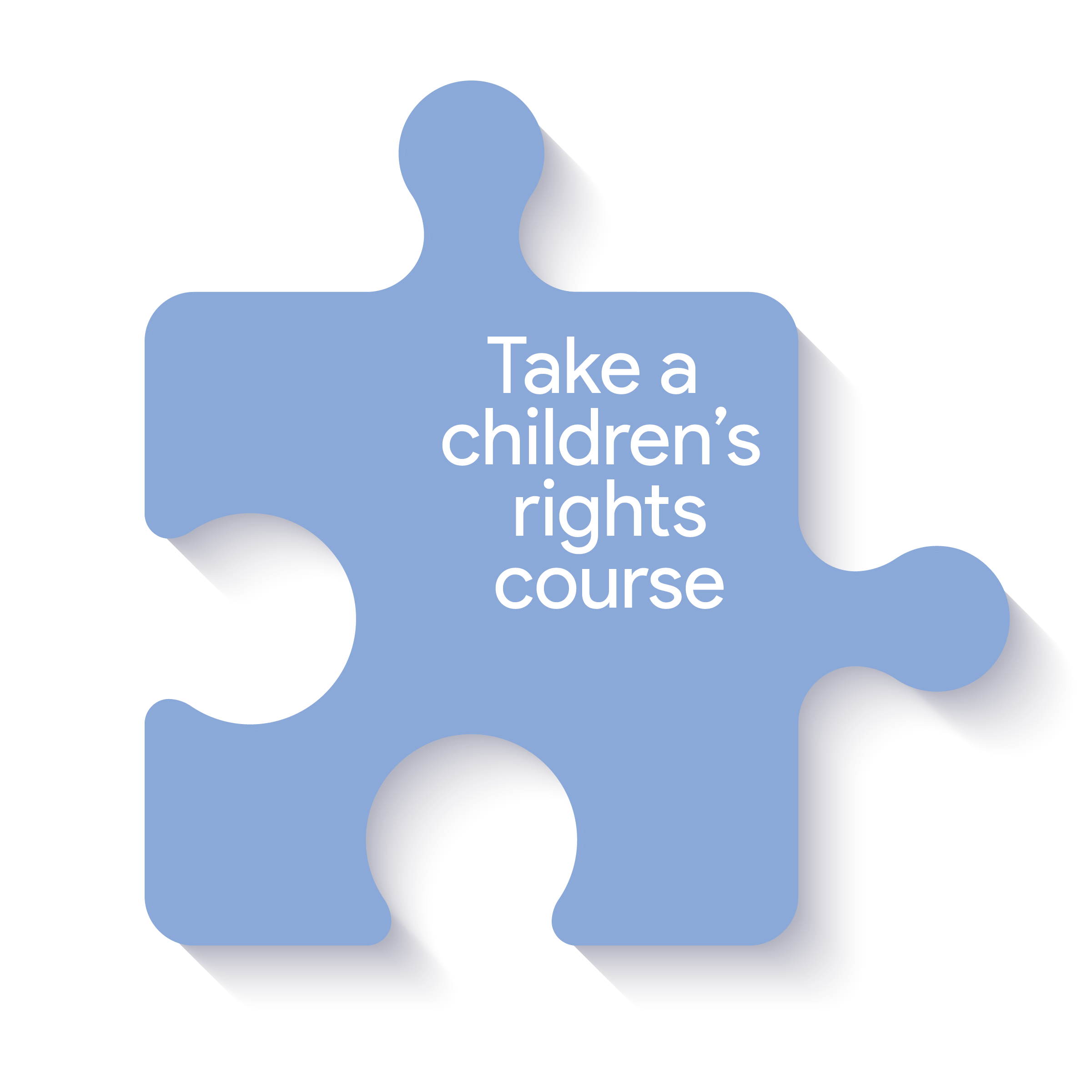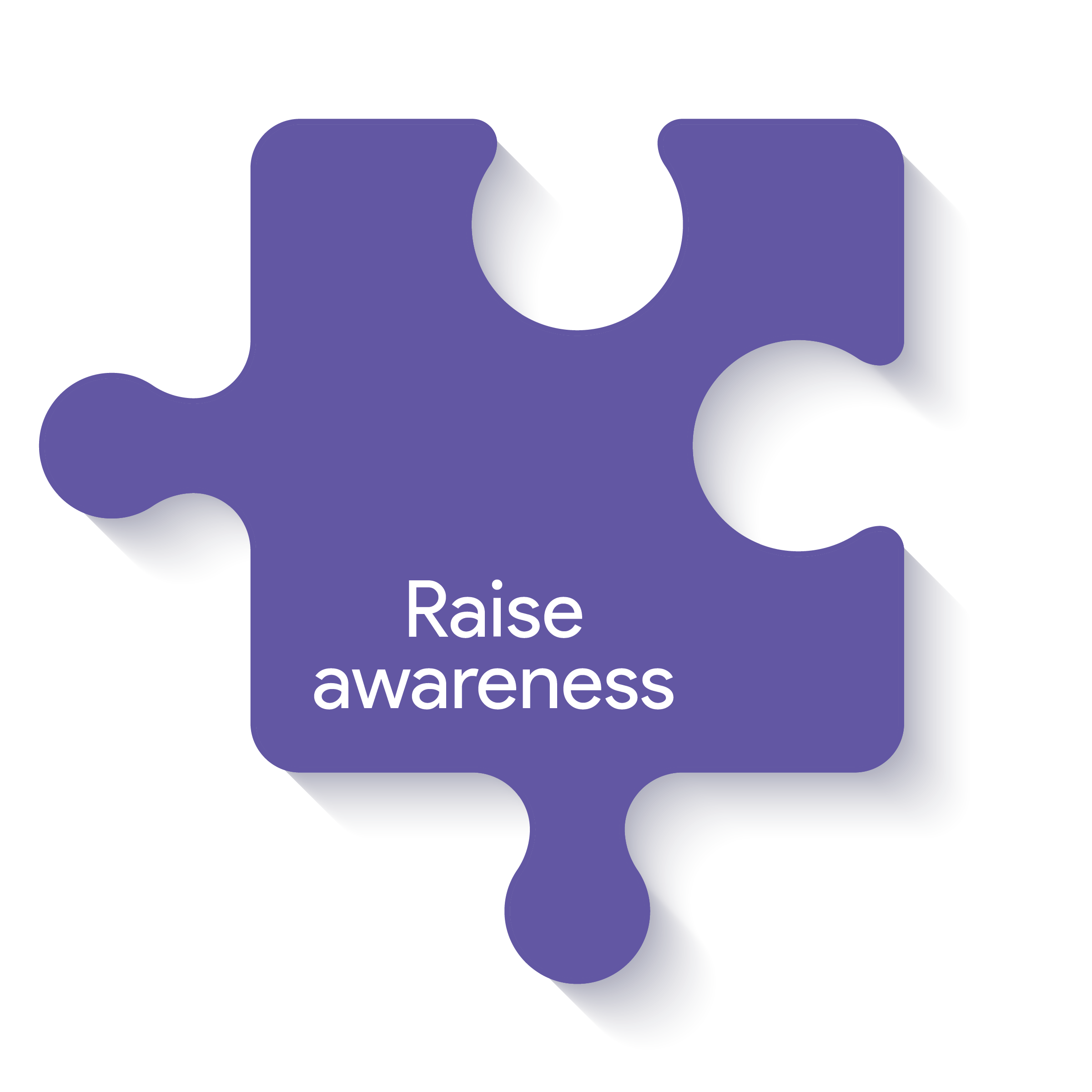Safeguarding
From a human rights perspective, a ‘child’ means every human being below the age of 18 years, irrespective of the age of majority in the country where the child or teenager is located (or their home country).
Given IATEFL’s international focus, YLTSIG applies the UNCRC definition (and related duty of care) to our work with all learners of English under 18 years of age, globally.

“IATEFL YLTSIG – the most relevant and open-minded community of educators, researchers and teachers contributing to global developments in TEYL.”
Tatia Gruenbaum
Lecturer, Avans University of Applied Sciences, The Netherlands

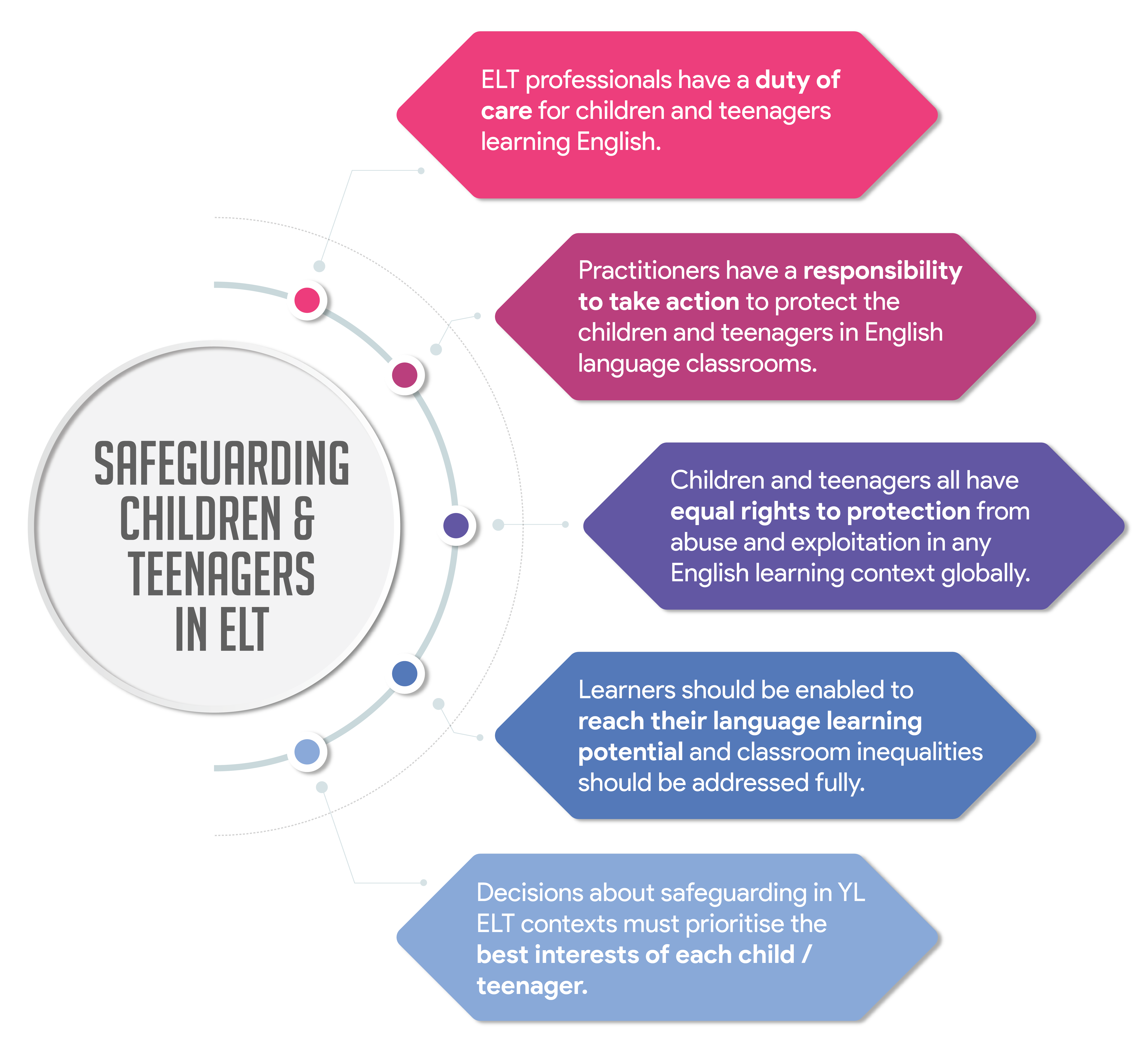


Recognising Types of Abuse
As English language educators of children and teenagers, we have an ethical obligation to be aware of potential child protection risks and to recognise concerning signs and symptoms.
Click the boxes to learn more about definitions of abuse and the related signs and symptoms:
Physical Abuse
What does it mean?
This includes hitting, kicking, punching and other ways of inflicting pain or injury such as poisoning (such as with drugs or alcohol), drowning or smothering a child or teenager.
Signs and Symptoms
- Unexplained recurrent injuries, burns, bites, bruises, broken bones
- Child / teen scared or suspicious of adults
- Improbable excuses or refusal to explain injuries
- Aggression towards others
- Always watchful as if waiting for something bad to happen
- Shies away from touch, flinches at sudden movements
- Fear of medical help or examination
- Chronic running away
- Abuses alcohol or other substances
- Bald patches
Neglect
What does it mean?
This is the persistent failure to meet a child’s / teenager’s basic physical and/or psychological needs, likely to result in the serious impairment of the child’s / teenager’s physical or cognitive development. For example, inadequate care and supervision which leaves a child / a teenager in a dangerous situation where they could be harmed.
Signs and Symptoms
- Frequently absent from English lessons
- Constant hunger
- No social relationships
- Lack of suitable clothing for the weather
- Destructive tendencies
- Constant tiredness
- Emaciation
- Untreated medical problems
- Poor personal hygiene
Emotional Abuse
What does it mean?
The persistent emotional ill-treatment of a child or teen with severe and adverse effects on emotional development. It may involve conveying to children / teenagers that they are worthless or unloved, inadequate or valued only insofar as they meet the needs of another person. It may feature age or developmentally inappropriate expectations being imposed on children / teenagers. It may involve causing children / teenagers to feel frightened or in danger or the exploitation or corruption of children / teenagers.
Signs and Symptoms
- Overreaction to errors
- Extreme fear of any new situations
- Physical, mental and emotional development lags
- Extremes in behaviour (extremely passive, aggressive, compliant or demanding)
- Acts either inappropriately adult (taking care of other children) or infantile (rocking, thumb-sucking)
- Continuous self-depreciation (‘I’m no good, I’m not pretty, I can’t do it’)
- Inappropriate response to pain (‘I deserve it’)
Sexual Abuse
What does it mean?
This involves forcing or enticing a child or teenager to take part in sexual activities, whether or not the child / teenager is aware of what is happening. The activities may involve physical contact, including penetrative or non-penetrative acts. They may include non-contact activities such as involving children in pornographic material, watching sexual activities or encouraging children to behave in a sexually inappropriate manner.
Signs and Symptoms
- Depression, self-mutilation, suicide attempts, anorexia
- Isolated or withdrawn
- Worried about clothing being removed
- Overly affectionate or knowledgeable in a sexual manner inappropriate to the child’s / teenager’s age
- Trying to be ultra perfect and overreacting to criticism
- Making particular efforts to avoid a specific person, without an obvious reason
- Personality changes such as becoming insecure
- Sudden loss of appetite or compulsive eating

Making English Learning Safe
Protecting children and teenagers in ELT requires a multi-pronged, joined up approach involving all stakeholders: English teachers, academic managers, school administrators, parents / caregivers and the learners themselves. Click on each piece of the puzzle for useful links:

“IATEFL YLTSIG is a great source of support for teachers of young learners, the blog covers topical issues and the annual online conference is amazing!”


